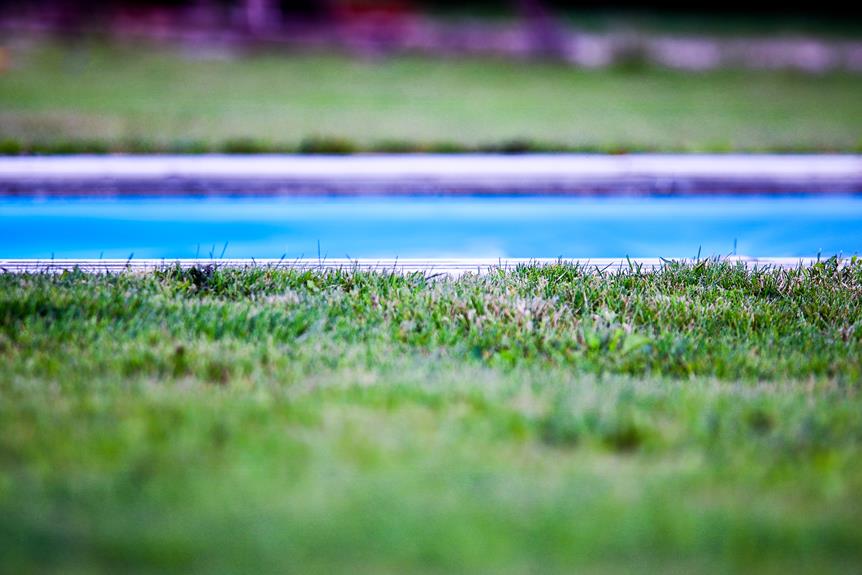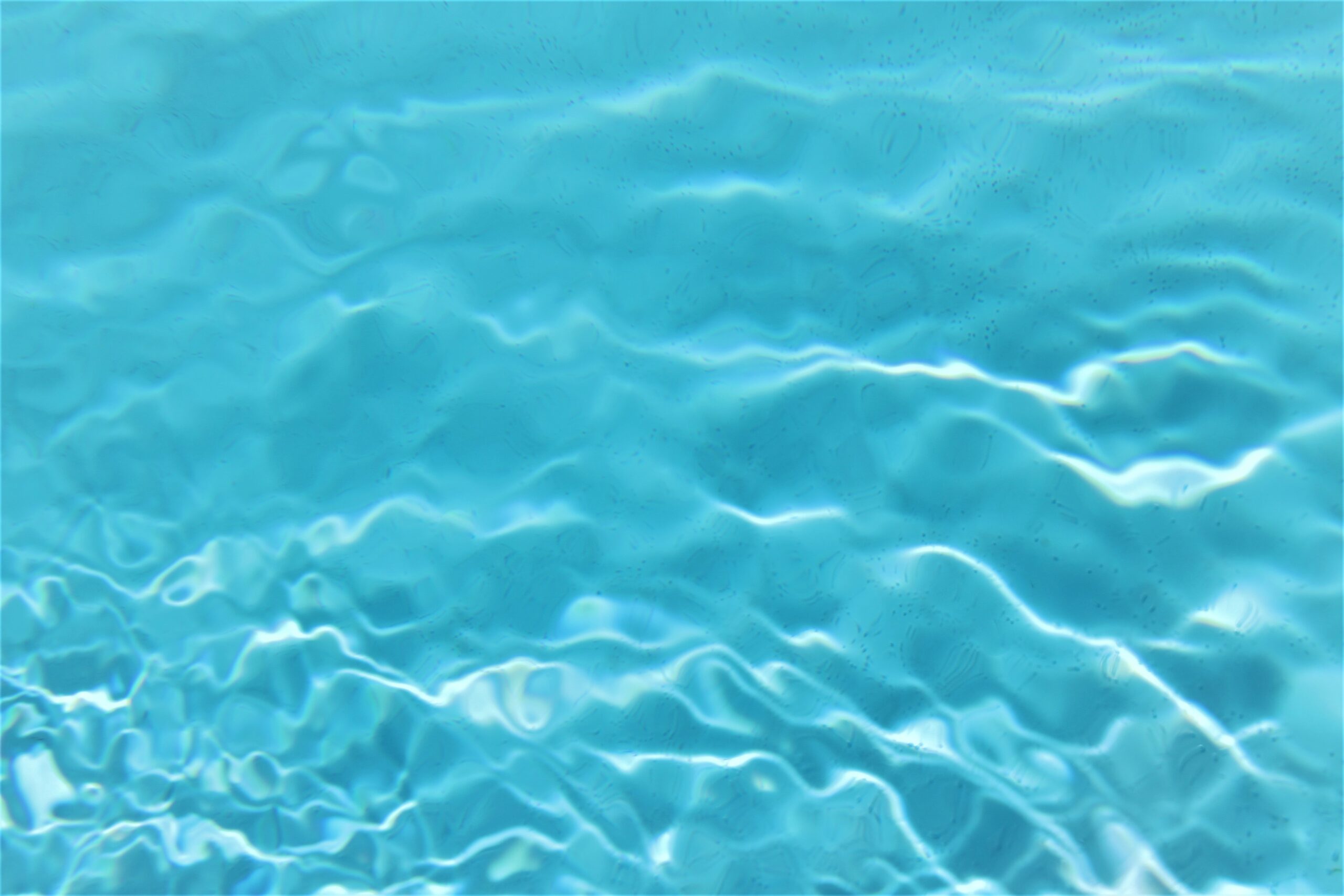Are you tired of dealing with a dirty or malfunctioning above ground pool? Imagine being able to easily drain your pool without breaking the bank. In this article, we will walk you through two simple methods to drain your pool using a pump or a hose siphon. With just a few supplies, you can tackle this task with ease. So let’s dive in and learn how to drain an above ground pool, giving you a fresh start for your swimming season.
Key Takeaways
- There are multiple reasons to drain an above ground pool, including moving the pool, dirty liners, maintenance issues, and winter storage.
- There are two main methods to drain an above ground pool: using a pump or using a hose siphon.
- To drain the pool using a pump, you will need a water pump, wet vacuum or broom, and pump hose. You should also have a plan for where to drain the water and check the water levels and progress.
- To drain the pool using a hose siphon, you will need a garden hose and a broom. The siphon process involves submerging the hose, starting the siphon, and checking the progress.
Reasons for Draining an Above Ground Pool
When your above ground pool has excessively dirty liners or maintenance issues, draining it may be necessary. Pool draining is a process that involves removing all the water from the pool to address these issues effectively. Excessively dirty liners can lead to poor water quality and can make it difficult to keep the pool clean. Maintenance issues such as pump or filter problems may require the pool to be drained to fix or replace these components. By draining the pool, you can start fresh and ensure that your pool is in optimal condition. It is important to follow the correct steps and use the appropriate equipment to safely and efficiently drain the pool.
Step 1: Using a Water Pump to Drain the Pool
To begin draining your above ground pool using a water pump, you’ll need a few essential supplies: a water pump, a wet vacuum or broom, and a pump hose. Start by deciding on a location for draining the water and submerge the intake hose into the pool. Connect the outtake hose to the pump and turn it on to begin the draining process. Keep an eye on the water levels and monitor the progress until the pool is completely emptied.
Pumping Vs Siphoning
Pumping water out of your above ground pool is a faster method compared to siphoning it. When it comes to pool water draining, using a pump has several advantages.
- Efficiency: A pump can remove large volumes of water quickly, saving you time and effort.
- Control: With a pump, you can easily direct the water flow to a desired location, preventing water damage to your yard or surrounding areas.
- Convenience: Using a pump eliminates the need for manual labor, allowing you to sit back and relax while the pump does the work.
- Versatility: Pumps can handle various types of debris and contaminants, ensuring a thorough draining process.
Equipment Needed for Pumping
To pump water out of your above ground pool, you will need a water pump, a pump hose, and a wet vacuum or broom. Draining an above ground pool is necessary for various reasons, such as moving the pool to a new location, excessively dirty liners, maintenance issues, or storing the pool over the winter. When using a pump to drain the water, start by making a plan for where to drain the water. Submerge the intake hose and connect the outtake hose. Turn on the pump and monitor the water levels and progress. Once the water is drained, turn off the pump and remove any remaining water using a wet vacuum or broom. Properly draining your above ground pool ensures a clean and well-maintained swimming area.
Tips for Efficient Draining?
If you want to efficiently empty your above ground pool, consider using a pump or hose siphon method. Here are some tips for efficient draining:
- Plan your drainage location: Before you start draining the pool, decide where you want to drain the water. Make sure it is a suitable area that won’t cause any damage or flooding.
- Use a pump or hose siphon: A water pump is an efficient way to drain the pool quickly. Attach the pump hose to the intake and outtake valves, submerge the intake hose in the pool, and turn on the pump. Alternatively, you can use a hose siphon by submerging the hose in the pool and creating a flow by removing the end of the hose.
- Monitor the progress: Keep an eye on the water levels and check the progress regularly. This will help you estimate the time it takes to completely drain the pool.
- Remove the remaining water: Once most of the water is drained, use a wet vacuum or broom to remove the remaining water from the pool.
Step 2: Draining the Pool With a Hose Siphon
To drain your above ground pool using a hose siphon, you’ll need a garden hose and a broom. Begin by submerging the hose in the pool, then remove the end of the hose to initiate the siphon process. Monitor the progress of the draining and, once complete, remove the hose and dispose of the remaining water.
Siphon Vs Pump
Siphoning water from your above ground pool using a hose is a simpler and more affordable alternative to using a pump. It may seem like a daunting task, but with the right steps, you can easily drain your pool without the need for expensive equipment. Here’s how:
- Submerge the hose: Start by submerging the hose in the pool, making sure it fills up with water.
- Remove the end of the hose: Once the hose is filled, remove the end from the pool and quickly place it lower than the water level.
- Start the siphon process: By creating a suction with your mouth or using a siphoning device, you can start the flow of water from the pool into a desired drain or area.
- Check on the progress: Keep an eye on the water levels and adjust the hose as needed to ensure a continuous flow.
Using a hose siphon is a cost-effective and efficient way to drain your above ground pool. However, it’s important to consider the efficiency of this method compared to using a pump.
Efficiency of Methods
Using a pump to remove the water from your above ground pool is generally more efficient than using a hose siphon. When draining a swimming pool, efficiency is crucial to save time and effort. A pump allows for faster water removal due to its powerful suction and discharge capabilities. The intake hose is submerged in the pool, while the outtake hose is connected to direct the water to a desired location. Once the pump is turned on, it effectively drains the pool, minimizing the time spent on this task. This method is especially beneficial for larger pools or when time is limited. By opting for a pump, you can efficiently drain your swimming pool, allowing for quicker maintenance or relocation processes.
Safety Considerations for Draining an Above Ground Pool
When draining an above ground pool, it’s important to consider safety precautions to protect yourself and others. Here are some key considerations:
- Wear appropriate safety gear, such as gloves and goggles, to protect your hands and eyes from any chemicals or debris in the pool water.
- Ensure proper ventilation in the area to avoid inhaling potentially harmful fumes from the pool water.
- Avoid draining the pool water directly into storm drains or bodies of water to prevent pollution. Instead, follow local regulations for pool water disposal.
- Be cautious of slippery surfaces around the pool area and use non-slip footwear to prevent accidents.
Proper Water Disposal Methods for Drained Pool Water
To ensure environmental responsibility, it’s important to follow proper guidelines for disposing of the water from your drained pool. There are several pool water disposal methods that you can consider. One option is to drain the water into a sanitary sewer system, as long as it is allowed by local regulations. Another option is to hire a professional pool water disposal company that specializes in handling and treating pool water. They have the necessary equipment and knowledge to dispose of the water safely and responsibly. Alternatively, you can also reuse the water for irrigation purposes, provided that the pool chemicals have been properly neutralized. Remember, it is crucial to consider the impact of pool water disposal on the environment and choose the method that aligns with sustainable practices. Now, let’s move on to maintenance tips for after draining an above ground pool.
Maintenance Tips for After Draining an Above Ground Pool
After draining your above ground pool, it’s important to thoroughly clean and dry the pool liner to prevent mold and mildew growth. Here are the steps to properly maintain your pool after draining:
- Remove any debris or dirt from the pool liner using a soft brush or broom.
- Use a mild detergent or pool liner cleaner to scrub the liner and remove any stains or residue.
- Rinse the liner thoroughly with clean water to ensure all cleaning agents are removed.
- Allow the liner to completely dry before folding or storing it.
Proper maintenance after draining your pool is essential for its longevity and to ensure a clean and safe swimming environment when you decide to use it again. Additionally, incorporating pool winterization practices, such as protecting your pool pump and filter from freezing temperatures, will help prevent damage and costly repairs in the future.
Frequently Asked Questions
How Long Does It Typically Take to Drain an Above Ground Pool Using a Water Pump?
Typically, it takes several hours to drain an above ground pool using a water pump. The exact time can vary depending on factors such as the size of the pool and the power of the pump. It’s important to monitor the progress regularly and ensure that the pump is functioning properly. Once the water level is low, you can remove the remaining water manually. Remember to follow safety precautions and consult the manufacturer’s instructions for your specific pump model.
Can I Reuse the Drained Pool Water for Other Purposes?
Yes, you can reuse the drained pool water for other purposes. The water can be used for irrigation, watering plants, or even cleaning outdoor surfaces. However, before reusing the water, it is important to consider its quality. If the pool water is chemically treated, it may not be suitable for certain uses. Additionally, if the water is excessively dirty or contaminated, it may not be safe for reuse. Always assess the water quality and consider the intended purpose before reusing the drained pool water.
Are There Any Risks or Dangers Involved in Draining an Above Ground Pool?
Draining an above ground pool does come with some risks and dangers that you should be aware of. First, if not done properly, it can cause damage to the pool liner or structure. Additionally, draining too much water at once could cause the pool to collapse. There is also a risk of flooding if the drained water is not directed away from your property. It’s important to follow proper procedures and take precautions to prevent any accidents or damage during the draining process.
Is It Necessary to Clean the Pool Before Draining It?
Cleaning the pool before draining is necessary to ensure the water is clear of debris and contaminants. Use a pool vacuum or net to remove any leaves, bugs, or other floating objects. Brush the pool walls and floors to dislodge any dirt or algae. A thorough cleaning will prevent clogs and damage to the draining equipment. Additionally, it will make the pool easier to maintain and prepare for storage or relocation.
What Should I Do if I Encounter Any Difficulties or Issues While Draining My Above Ground Pool?
If you encounter any difficulties or issues while draining your above ground pool, don’t panic! There are a few things you can do to troubleshoot. First, check the power source and make sure everything is properly connected. If the pump isn’t working, try cleaning or replacing the filter. If you’re using a hose siphon, ensure there are no kinks or blockages in the hose. And remember, always refer to the manufacturer’s instructions for specific troubleshooting tips.
Conclusion
In conclusion, draining your above ground pool is a necessary task that can be easily accomplished using either a water pump or a hose siphon. By following the step-by-step instructions provided, you can ensure a smooth and hassle-free draining process. Remember to consider safety precautions and proper water disposal methods. With these tips, you’ll be able to maintain and store your pool effectively, ensuring its longevity and enjoyment for years to come. So dive in and make the most of your pool maintenance!







